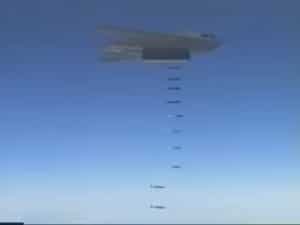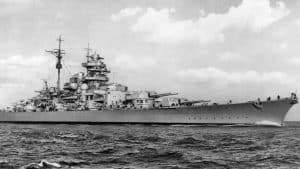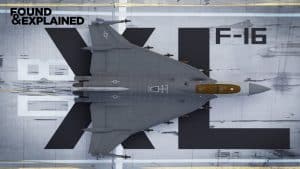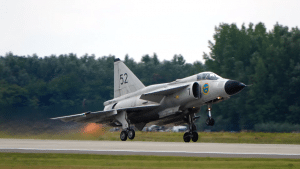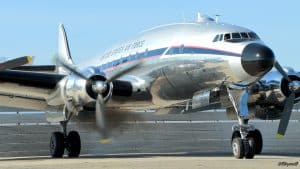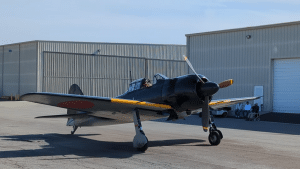How The F-16 Viper Destroyed The Iraqi Army

YouTube / Military Aviation History
The F-16 played a key role in the Coalition’s air campaign during Operation Desert Storm. The jet was initially developed as a fighter, but in a twist of fate, it became the primary ground striker platform during the operations against the Iraqi army and Republican Guard.
American Workhorse
The F-16 soon became the unlikely workhouse of the air campaign in a much different way than expected.

During Operation Desert Storm, the F-16 was the busiest aircraft of the whole campaign just after the A-10. Another factor that influenced its ubiquity is its versatility to be effective in a wide array of missions. It can serve as an escort, deliver ordinance as an attacker, and in more specialized roles operate as a SEAD platform. It can also be a reconnaissance asset.
Important Asset
The F-16’s ability to place bombs on target was the one that truly showed its importance to the entire campaign.

With close to 40,000 bombs delivered, it outstripped any other fighter in the theater. The fact that all of it was unguided makes it even more impressive.
Accuracy and Precision
F-16s were tasked mostly during the daylight hours to strike airfields, chemical storage areas, Republican Guard locations, military storage facilities, and more.

The F-16 was also tasked beyond the forward line of troops with interdiction and thus, the destruction of the Iraqi army support structure became the main focus.
Effective Accuracy
During a conducted bomb damage assessment, the ratio of “Fully successful to Not fully successful,” in terms of missions provides us with a solid indication that F-16s were credited with positive track records during Desert Storm.

A plane initially conceived as a fighter became the most important ground attacker in the entire conflict. It helped erode the Iraqi army’s command, control, lines of communications, logistics, and even morale.












